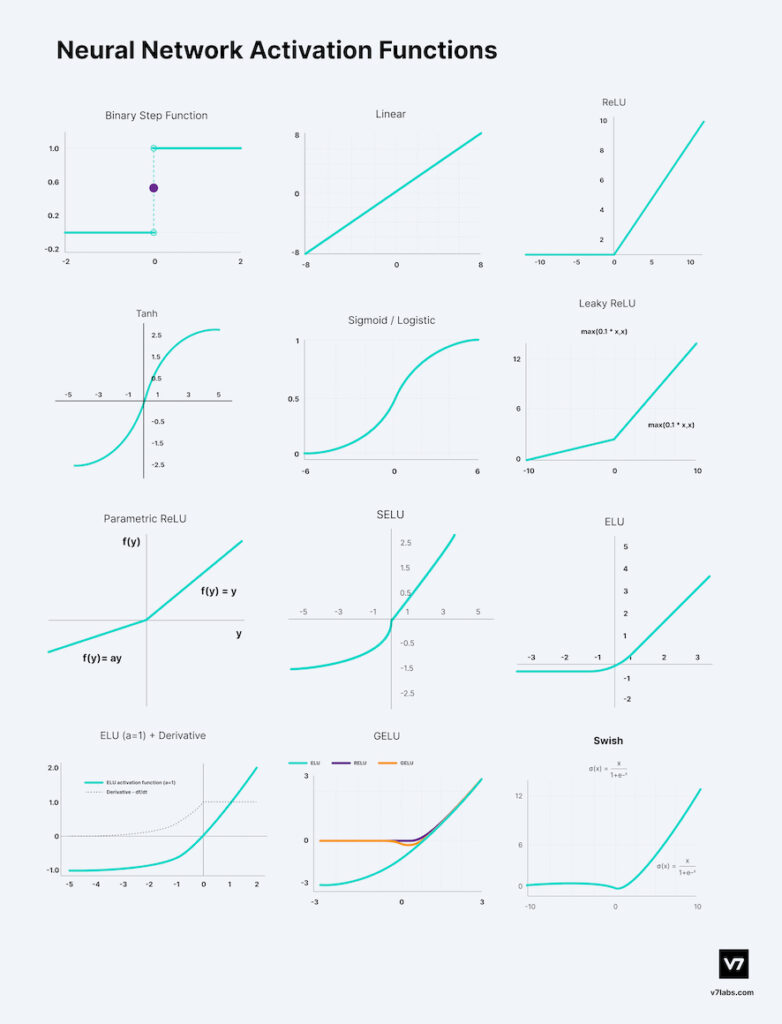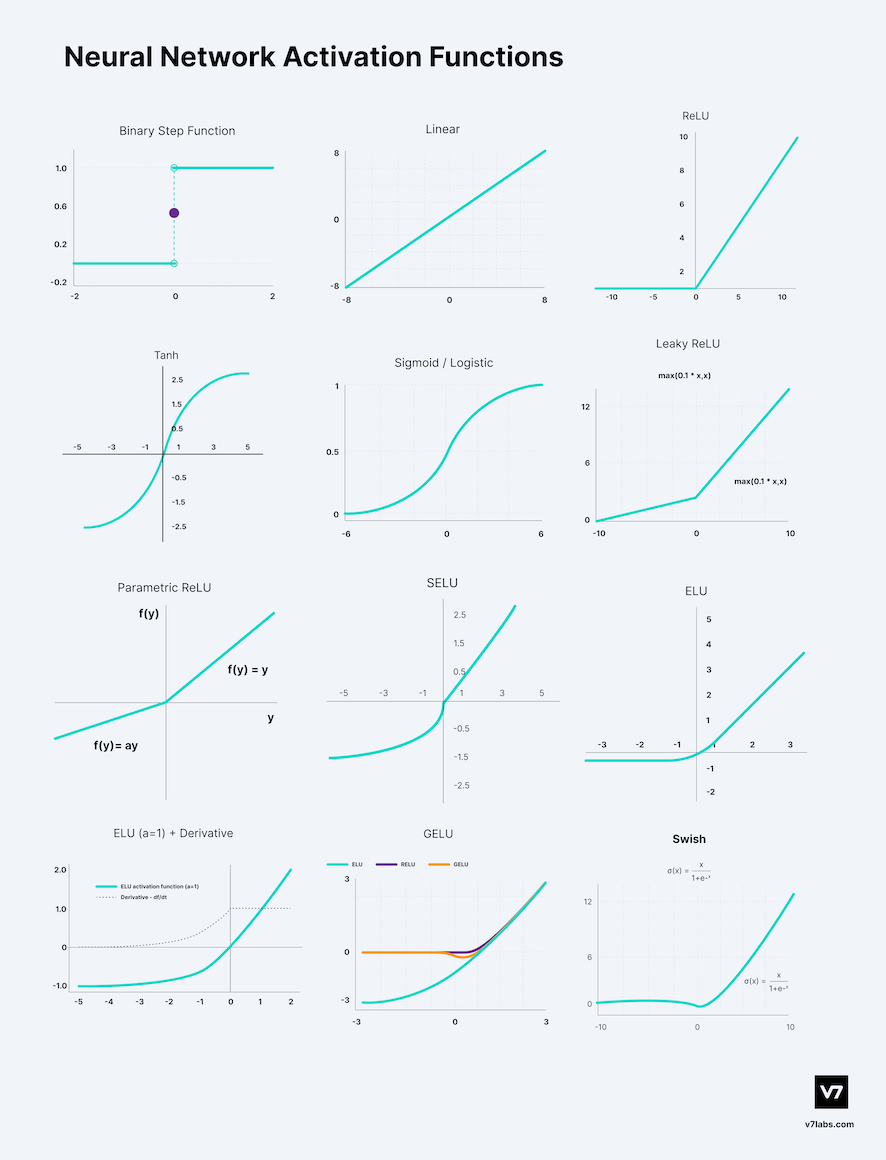
Activation functions are a crucial component in artificial neural networks, serving as the mathematical operation that determines the output of a neuron. In simpler terms, activation functions decide whether a neuron should be activated or not based on the input it receives. This decision-making process is what allows neural networks to learn and adapt to complex patterns and relationships within data.
Activation functions play a vital role in the success of neural networks by introducing non-linearity into the system. Without activation functions, neural networks would simply be a series of linear transformations, limiting their ability to learn and model intricate patterns in data. By introducing non-linearity, activation functions enable neural networks to approximate any function, making them powerful tools for tasks such as image recognition, natural language processing, and more.
There are several types of activation functions commonly used in neural networks, each with its own unique characteristics and advantages. Some of the most popular activation functions include the sigmoid function, tanh function, ReLU (Rectified Linear Unit) function, and softmax function. Each of these functions has its own strengths and weaknesses, making them suitable for different types of tasks and network architectures.
The choice of activation function can have a significant impact on the performance of a neural network. For example, the sigmoid function is often used in the output layer of a binary classification task, as it squashes the output values between 0 and 1, making it suitable for probability estimation. On the other hand, the ReLU function is commonly used in hidden layers due to its simplicity and ability to mitigate the vanishing gradient problem.
In conclusion, activation functions are a fundamental component of artificial neural networks, enabling them to learn complex patterns and relationships within data. By introducing non-linearity into the system, activation functions empower neural networks to approximate any function, making them versatile tools for a wide range of tasks. Understanding the role and characteristics of different activation functions is essential for designing effective neural network architectures and achieving optimal performance in AI applications.
1. Improved Model Performance: Activation functions play a crucial role in determining the output of a neural network, ultimately leading to improved model performance and accuracy.
2. Non-linearity: Activation functions introduce non-linearity to the neural network, allowing it to learn complex patterns and relationships within the data.
3. Gradient Descent: Activation functions are essential for the backpropagation algorithm to update the weights of the neural network during training, enabling it to minimize the loss function and improve its predictions.
4. Vanishing Gradient Problem: The choice of activation function can help mitigate the vanishing gradient problem, where gradients become extremely small during training, leading to slow or stalled learning.
5. Diverse Applications: Activation functions are used in various types of neural networks, such as convolutional neural networks (CNNs) and recurrent neural networks (RNNs), making them a fundamental component in the field of artificial intelligence.
1. Activation functions are used in artificial neural networks to introduce non-linearity, allowing the network to learn complex patterns and relationships in data.
2. Activation functions are applied to the output of each neuron in a neural network, determining whether the neuron should be activated or not based on the input.
3. Activation functions are used in image recognition tasks to classify objects in images, such as identifying faces or objects in a scene.
4. Activation functions are utilized in natural language processing applications to analyze and understand text data, such as sentiment analysis or language translation.
5. Activation functions are employed in reinforcement learning algorithms to determine the actions taken by an AI agent in a given environment, such as in game playing or robotics.

There are no results matching your search
There are no results matching your search